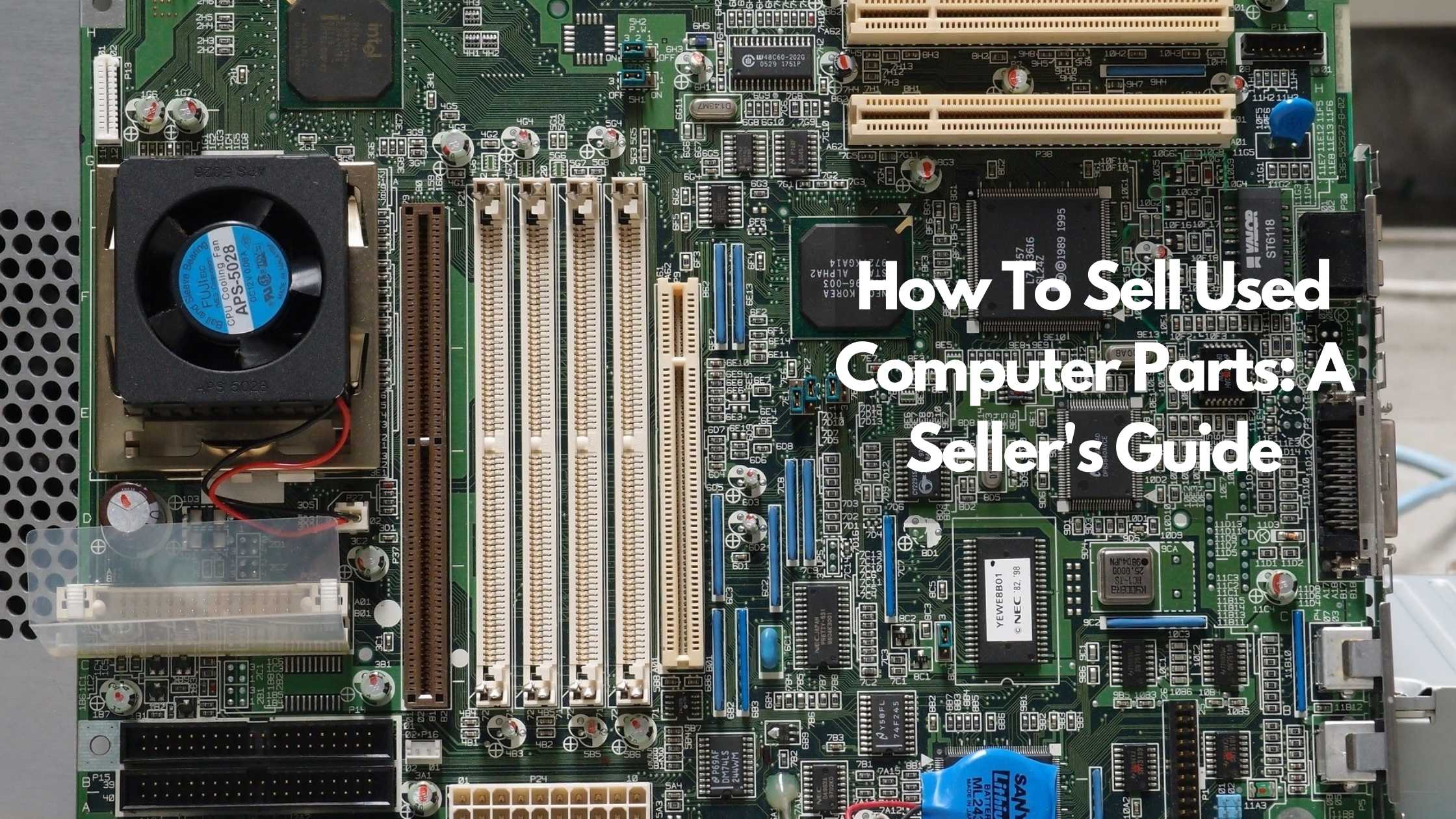
Valuing Pokemon Cards
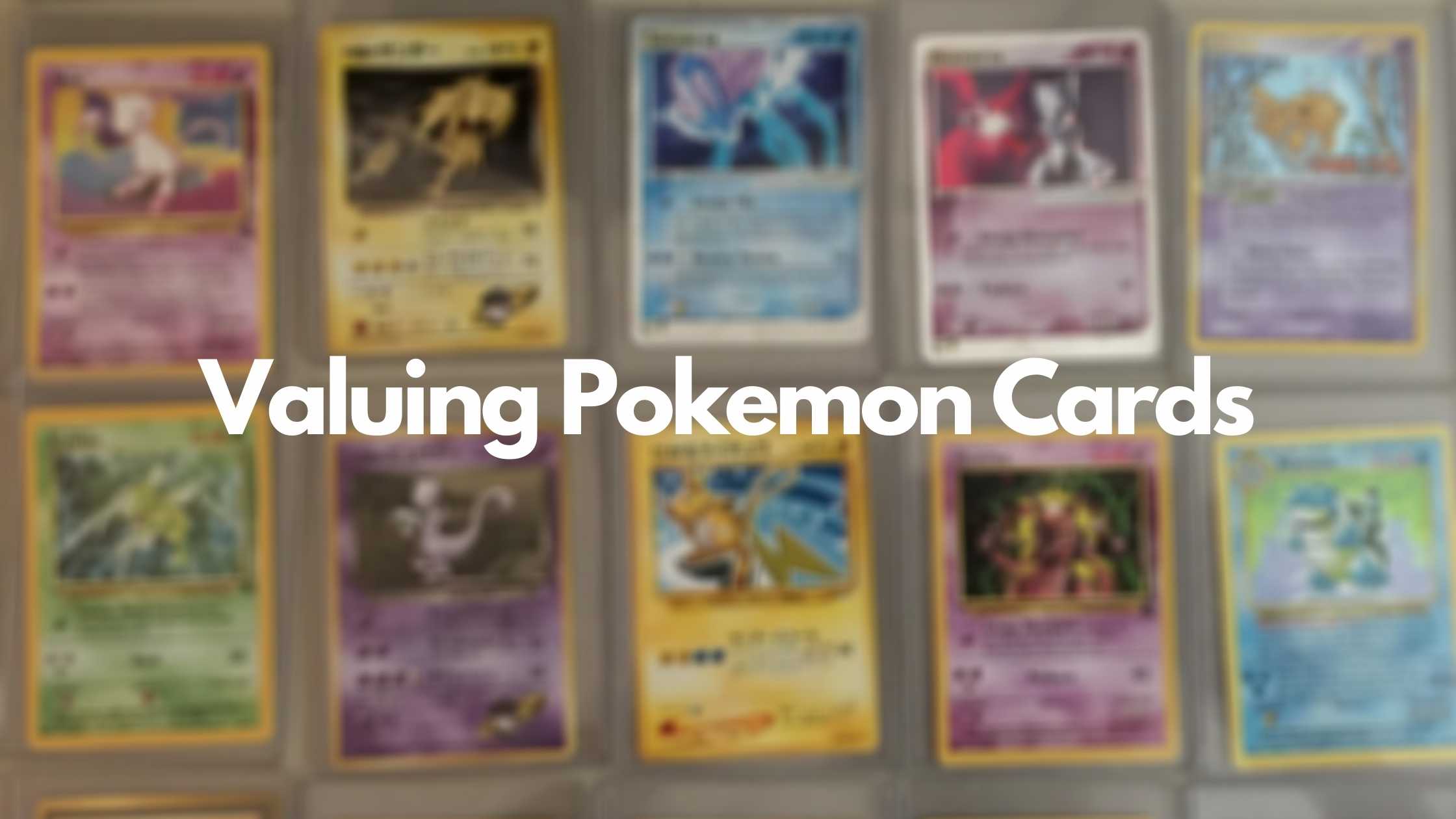
The Pokémon Trading Card Game is probably one of the most fun and original card games of all time.
Pokemon die-hards can attest to it, that there’s nothing as exhilarating as the pokemon experience, especially when you play with the old cards.
An interest in the old cards has resurged as spurred by the release of Pokemon Go, and now some of these old cards are collectibles worth a lot of money. Prices range from $0.05 to over $200,000.
This well-researched article gives you beginner pointers on how to value your pokemon cards.
How can a beginner value Pokemon cards?
A Pokemon card’s value is determined by factors like rarity, condition, type of card or set, popularity of characters, current sales data, and print year. However, nostalgia drives demand, and the ultimate value of a card is determined by the amount a buyer is willing to pay to acquire it.
Which pokemon cards are valuable?
Valuable Pokemon cards worth thousands of dollars are released every year, and the best thing is that you could actually be in possession of them. However, not all pokemon cards are valuable. There are common ones that will only fetch you a couple of dollars. So, before you go on a buying spree, here’s what you need to know.
The number one thing to look for in any lot is the condition. Nonetheless, if a card is in poor condition, it’ll fetch about 20 – 30% less of the value.
Find out which pokemon cards are worth money and then focus on finding them. Examples of Pokemon cards worth money are Charizard, Pikachu, Rayquaza, Mew, Mewtwo, and most legendary Pokemon and starter Pokemon. The most valuable ones are holographic. Additionally, some of the rarest Pokemon cards were given out at tournaments to select master trainers, and they’ve got factory errors or misprints.
In mint condition, a Charizard from the first set is probably worth about 58-71 dollars. And regardless of the Charizard card you have, it’s bound to be valuable. The Charizard was a favorite, and any edition that has it is a winner.
When you have a valuable card that’s valued at more than $100, the rule of thumb is to have it authenticated as genuine by a grading company like Professional Sports Authenticator (PSA). The highest grading value number is 10, meaning the card is in mint condition. They are quite rare, which increases your card’s value by thousands. Any value below 7 dramatically devalues your cards.
Factors that determine the value (explained)
- Type
Within a set of pokemon cards, there are three types of cards:
- Pokemon character cards
These are the cards most in demand because they’re extremely powerful at play. They don’t evolve and are only found in booster packs. A booster pack contains 10 cards, which are made up of 6 common, 3 uncommon, and 1 rare.
- Energy cards
These cards are useful in powering up a pokemon, and you can be sure to find them in any pack you purchase. There’s also a specific type of energy card that gives a different kind of boost, depending on the type of Pokemon. These cards aren’t worth much money, and nobody really wants them.
- Trainer cards
These are cards used for the items, supporters, and stadiums during a battle. Any special rules on these cards are indicated at the bottom. These are worth a bit more than the energy cards though not as much as the pokemon character cards.
Another important thing to look at is the set that you have in hand. In order to determine what set a card is from, have a look at the symbol next to the character box on your card. Cards from different sets can be worth more or less depending on how sought the set is.
- Rarity
The pokemon franchise exists as a TV show, a trading card game, video games, and toys. New cards, about 5 – 6 sets, are released every time a new TV show season comes out and is referred to as a new generation or series.
Symbols differentiate a set of pokemon cards, and almost every release has a symbol. The symbol in old sets is found on the bottom right-hand corner of the pokemon illustration and for new sets on the bottom right-hand corner of the card.
To know the symbols, there are three types:
- Circle on common cards. These are cards that were printed in thousands and can be found in almost every pack.
- Diamond on uncommon cards. For these ones, they’re not as widely available as the common ones, but they’re hardly scarce either.
- Star on rare cards. These here are what you’re looking for, the collectibles.
On rarity, the more stars there are or have combinations of letters and other symbols, the rarity value increases. This also applies if those symbols are in the name or elsewhere on the card.
- Condition
The condition of the cards can make or break a deal. Seeing as how this is critical to the card’s value, here’s what you need to pay attention to.
Lay your cards on a flat surface and watch how they’re positioned.
If the card doesn’t fall completely flat and is either bent or crooked, you can be sure this won’t bode too well for the value you’d have obtained for a completely flat card.
Look out for signs of heavy play, which are evident from the folds, creases, and torn or frayed edges. Consider other vagaries like taints, stains, smears, and plain dirt.
If you have a holographic card, look for scratches in the card’s holo image. You can do this by lifting off the holographic foil and sections where the holo part of the card shows through outside of the areas where it should. If you see any of these flaws, you can be sure the value will decrease.
Also, check the back of the card. Too many white spots and scratches will devalue it because it means it’s been used severely.
This review requires some elaborate skills like using a bright light to see the card’s surface, back, and front. At this point, you’ll be keen to pick out any flaw that spells doom to your substantial returns.
- Errors
Error cards are some the most valuable of all Pokémon cards, a good example being the holographic shadowless cards. They’re from the original base set of 1999. They are described as mirror images of 1st Edition cards or simply the first run after the inaugural release.
These cards are distinct since they didn’t have a symbol. They’re called shadowless because they were printed without a shadow border along the right side of the pokemon image. This error was fast remedied; hence not many of them are in existence.
Other examples of error cards are:
- HP Error
- Length / Length Error
- Spelling mistakes
- Translation errors
One of the most famous error cards has got to be the Red Cheek Pikachu, which was printed with red cheeks instead of yellow.
- Symmetry
This is how centered an image is on the card. It’s how much more or less border there is on either side of the card compared to the other sides. 60/40 means that one side has 60% of the border, and the other side has 40% of the border.
For some serious collectors, centering is an important factor in the value of a card. The same goes for the Pokemon art on a character card.
Some people like to collect misprints, which can increase the value of your card. But in most cases, and especially with regards to the base set Charizard, collectors want well-centered cards.
- Counterfeits
As with everything valuable, there’ll always be some people looking to score by creating fake copies of the originals.
Always be on the lookout and learn how to tell the difference. The quick and easy stuff that you can pick right off the bat is the card paper and print quality. For the card itself, there was never any foiling on the text boxes of the original cards. Fake cards, on the other hand, have a lot of foil.
Most counterfeits are smaller than the originals and are thinner. Also, if you hold up a card to the light and it’s see-through, it’s highly likely that it’s a fake.
Research a lot on this to become an expert at picking out the counterfeits. Other indicators that aren’t obvious from the card itself is if the deal is too good to be true and the type of place you got the card from.
Sometimes the best way to authenticate a card if you have the money and it’s worth it is to have it checked by a reputable grading company or auction house.
- Print year
The most valuable cards are those from the pre-2002 era, specifically 1999- 2000. These cards will be worth more to collectors because they are part of the older collection. So check the bottom of the card to see the year it was made.
An example of a set from this era that was highly popular is the English-version original print Pokemon base set from 1999.
- Grading
The PSA is Professional Sports Authenticator, the largest most trusted third party trading card authentication and grading company in the world. Here are some reasons why grading is important:
Grading trading cards can increase their value, and because it’s costly, you must figure out what cards can increase in value.
As it turns out, some people consider grading cards the best way to keep their collection from damage.
Proof of authenticity is essential in the collectibles world, primarily in terms of high-value items or to determine an item’s worth.
- Edition
A first edition card is part of the first run of a series, and they’re very few, which makes them valuable. They’ve got a stamp, just below the featured Pokemon, to signify their status. Their exact price depends on the collection they belong to.
To know whether your sets have any 1sts, see if you’ll find a small 1st Edition Symbol located as follows:
- Pokemon – Near the bottom left corner of the picture.
- Trainer – at the Bottom left corner of the card.
- Energy – At the top next to “Energy.”
Unfortunately, if you’ve got a first-edition base set Machamp, it’s not worth much because it’s easily available and only goes for $4 or less.
- Language
Cards in the English language are more valuable than those in any other language, even Japanese. This is because more people speak English hence more collectible. The exception to this has been the purchase of German or French cards at a discounted rate, but English cards take precedence.
- Specialty
Specialty cards are highly valuable, and examples of these are:
- Promo cards, most of which were given out at events, movies, and tournaments.
- Autographed cards are signed by the artist that created the art on the card
- Pre-release cards
Here’s a useful article on valuing collectibles for further reading.
What are your cards worth?
Once you’ve understood what determines value, you can now head on for some window shopping, and one of the best places for this is eBay.
As you browse the site, one of the things you’ll notice about the valuable pokemon cards is that most are PSA graded.
On a site of this magnitude where all sorts of characters abound, it’s critical to have your valuable cards graded. You want buyers to take you seriously, to trust, and buy from you. One other thing, never claim that your card is graded if it isn’t.
Learn the right pokemon terminology, especially in describing your cards. You can do this by checking other sellers listings, reading reviews, and conversations. You can also look at how their pages are laid out, have a look at their photos, and whether there are marked flaws on them. How have these been presented? This research will help you know how to position yourself robustly.
You’ll also do well to check what recent items in your intended category have sold for. You can do this by going to the “Show Only” section at the bottom left-hand of the search on the page, and click on “Sold Items,” then cross-reference this with the retail price.
You can then repeat this with several sites that sell pokemon cards like TGC Player, troll and toad, reputable private auction houses, or the pokemonprice.com. This is to be sure of your pricing and the best place for you to sell them.
Strategies for selling pokemon cards
You can sell Pokemon cards as:
- A lot. Generally lots are sold much quicker and are easier to transport since there’s only one buyer but usually not as much profit.
- Individually. By listing valuable Pokemon cards individually, you can get much more profit. It’ll probably take longer, though, and more shipping fees.
- A complete or semi-complete set. By compiling complete sets and selling them, you will get the most profit. There are always people looking to buy complete sets to save time. Of course, this will require a lot more work than the other methods.
For more on this, read this article on strategies for selling valuable comic books from the 1980s.
How to prepare your cards for sale
With the learnings in the above section on what your cards are worth, you know that potential buyers search for stuff online by typing their queries on the search tab.
What does this mean for your selling strategy? That you have to use the relevant words and information that will guarantee you pop up in the searches.
Words to use are the Pokemon’s name, the set, rarity, and condition. Basically, the most positive aspects of the card.
- Sell your pokemon cards as singles
To get the most, list each card individually, especially if you’ve got valuable collectibles like holographic. The reason for this is that you’ll make it easy for buyers looking for a specific card to find it and even make extra in the process.
If you’ve got a complete set, then you can pass because you’ll make so much more.
Other than that, If you’ve got regular cards, it’s better to sell them in bulk as you’re certain to get more value that way, even if it’s a couple of dollars or hundreds of dollars.
- Take high-resolution photos
Nothing will help you sell faster than elaborate and high-resolution photos and videos. Include lighting and capturing all relevant angles of the card. Remember, you are competing with many other listings on the site, so you need to make sure yours is done neatly and clearly.
Don’t hide any flaws. Let the buyer see them all. This will also save you trouble on returns because the buyer can’t backtrack and claim never to have known of them.
Depending on where you decide to sell your cards, it’s prudent to think of the mode of payment, shipping, and the return policy
- On shipping
First, weigh the items you are going to sell and get the dimensions of the box you are going to ship them in, then enter that data in the fields provided. Oftentimes you might have to offer free shipping because if you add it to the cost of the cards, buyers might not oblige.
Before you ship, make sure you use a plastic sleeve and a hard plastic cover to keep the card safe. You don’t want the card to get damaged now that it is no longer yours. Use an envelope and make sure to take extra care with the packaging, so it doesn’t get damaged during the shipping process.
- On payments
PayPal would be the best way to go as it has protections guaranteed and is secure. Never ship before you have full payment in place. Once you’ve got the payment, ship or send the items immediately.
Whatever you do, don’t forget that you’re building your online brand and the more positive feedback you can amass, the better. Read more on successful online selling here.
And if you’re ready to sell your Pokemon cards, consider listing them on Sheepbuy. Our platform charges no commission on sales, or any hidden fees. This means you’ll have more money in your pocket. All transactions are strictly between buyers and sellers. Also if you sign up for on our basic tier you get to sell for free, no strings attached. Find out more about our seller’s packages here.
Related questions
What are the most valuable pokemon cards in 2020?
The most valuable pokemon cards are first edition holographic shadowless base set cards from the 1999 original series. These include Charizard, Blastoise, Alakazam, Venusar, and Chansey.
And below are some of the most priceless pokemon cards for 2020
- No. 1 Trainer: Probably, the rarest Pokémon card of all time. This is a holographic promotional card awarded to finalists in the Secret Super Battle tournament held in Tokyo, Japan, in 1999.
- 1999 First Edition Shadowless Holographic Charizard #4: An extremely valuable and very rare version of the fan-favorite card. What sets this card apart is that it’s shadowless, an error immediately remedied, adding to its value.
- Pikachu Illustrator: Another contender for the most expensive Pokemon ever made, thanks to its rarity. It’s also the only Pokemon card to read “Illustrator” instead of “Trainer” at the top of the card.
- 20th Anniversary 24-karat Gold Pikachu: A rare reprint of the original Pikachu card that’s literally made of 11 grams of 24-karat gold, and it’s not legal for use in tournaments.
- Master’s Key: This prize card is one of the more modern cards on this list – but no less rare. Only 36 copies of the card are estimated to exist.
- Prerelease Raichu: A Pokemon card so rare that it may just be a rumor. In fact, it’s so rare that finding out exact details is tricky.
Conclusion
Demand for the old pokemon cards is fueled by nostalgia. And apart from investors, who are driven by profit, the buyers who play want to buy these old cards so that they have the same experience they did when it was created.
Obviously, that’s what makes these cards so valuable.
To value your cards, these are the factors to be aware of:
- Type
- Rarity
- Condition
- Errors
- Symmetry
- Counterfeits
- Print year
- Grading
- Edition
- Language
- Speciality
Happy selling!
TRENDING


Online Arbitrage for Beginners (Step-by-Step Guide)
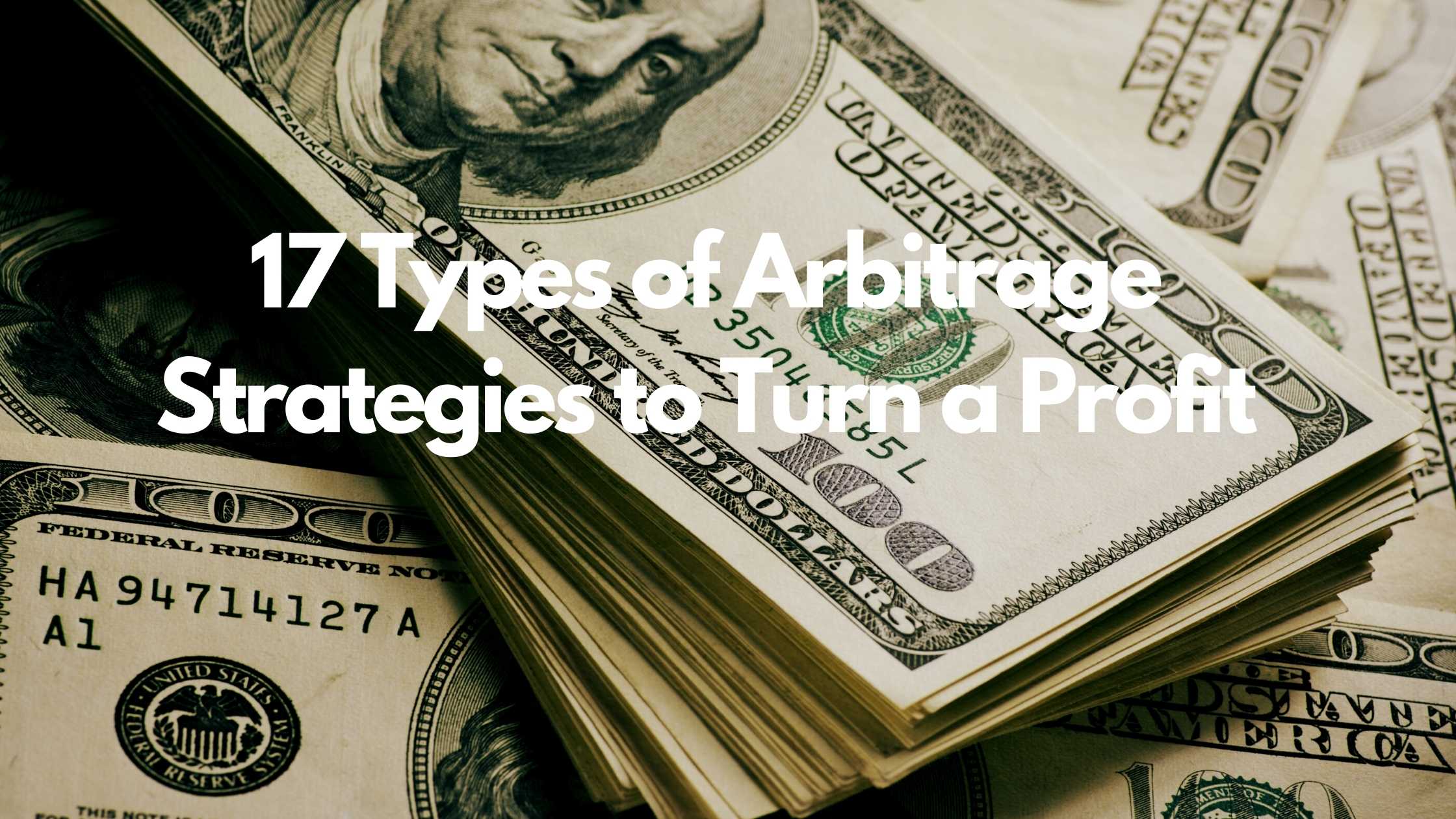
17 Types of Arbitrage Strategies to Turn a Profit
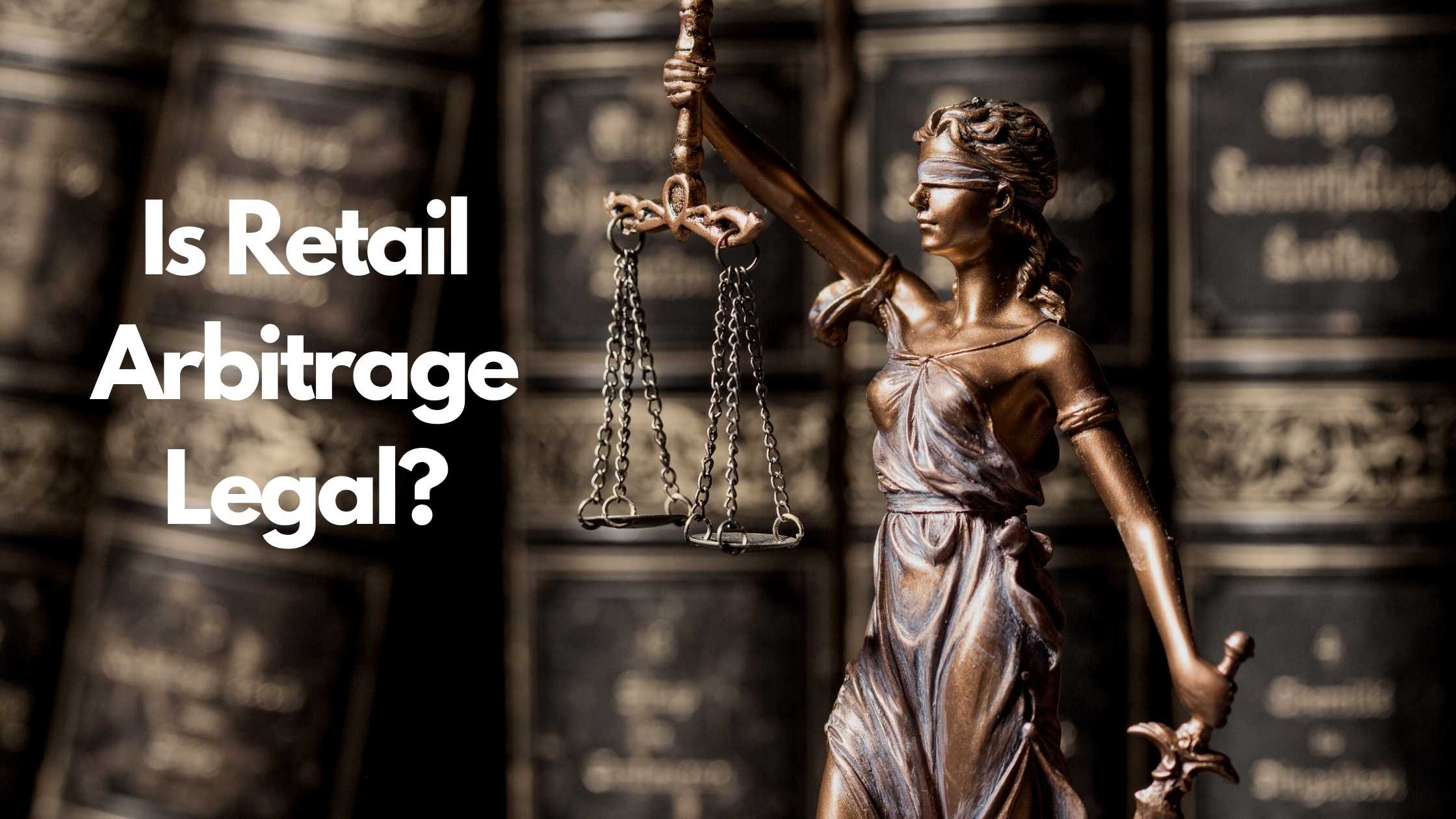
Is Retail Arbitrage Legal?

How to Turn Textbook Arbitrage into a Business for Profit
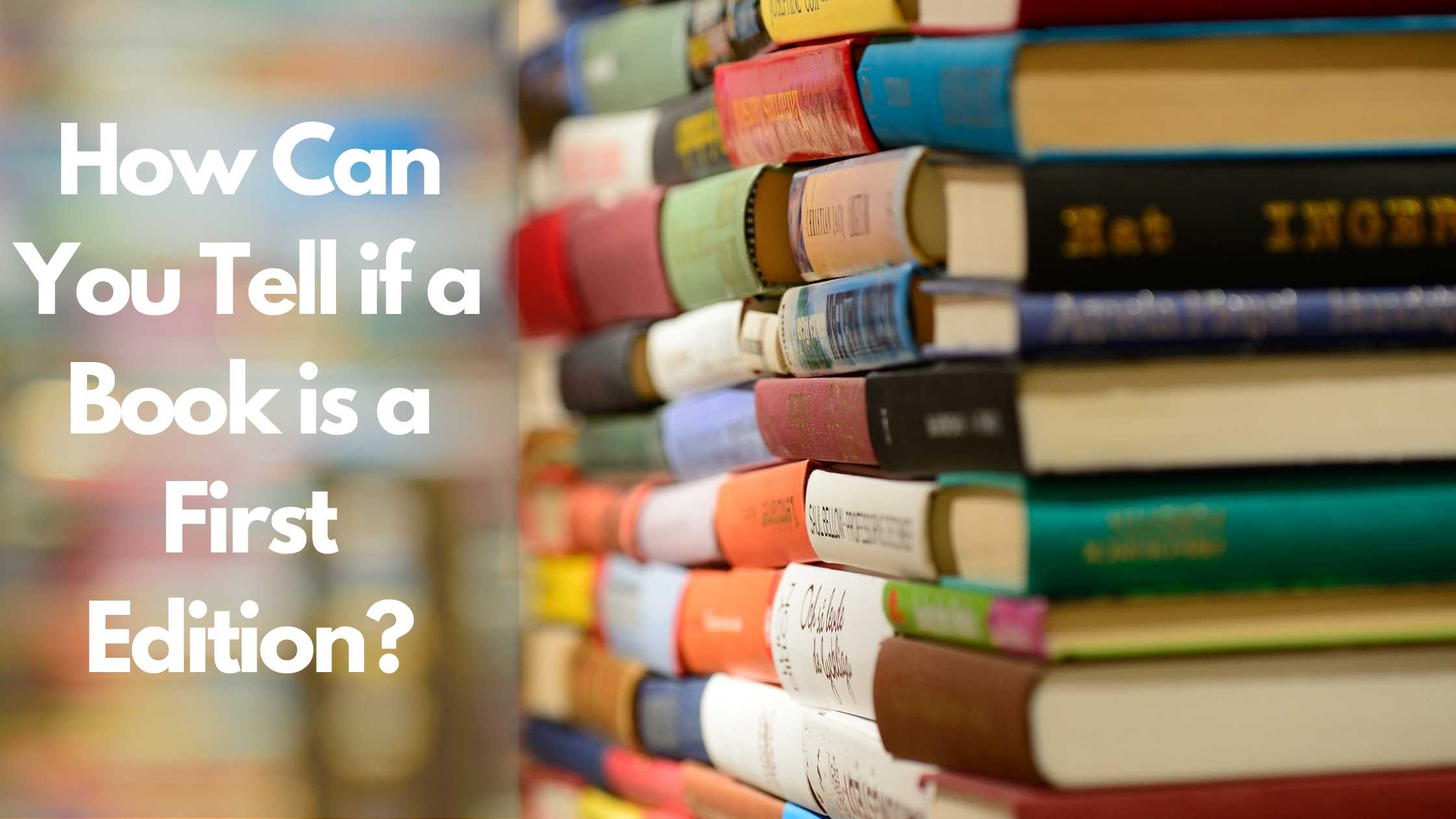
How Can You Tell if a Book is a First Edition?

What to Do With Your Jigsaw Puzzle When Finished?
